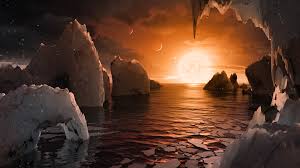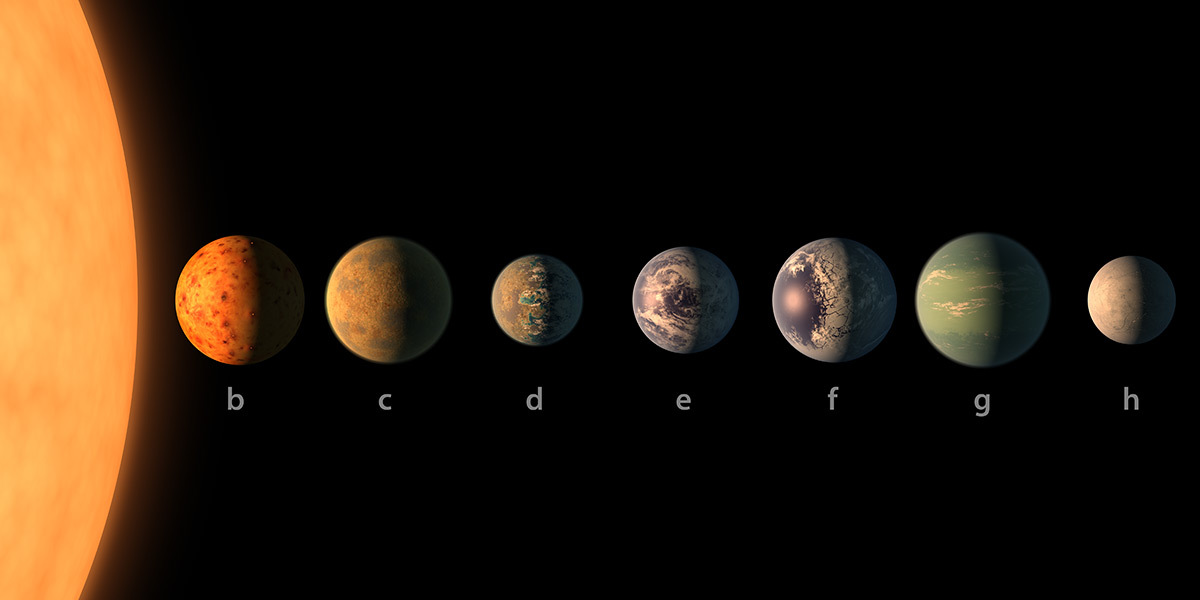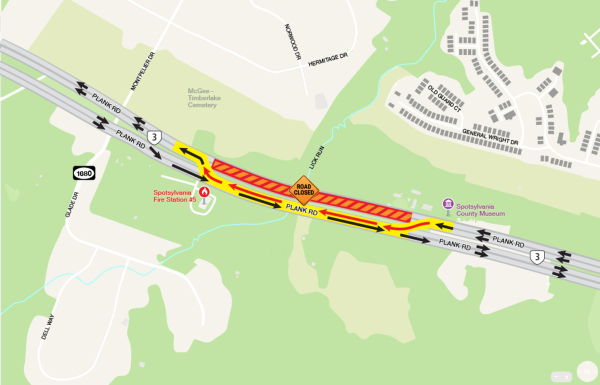Exoplanet Discovery
On Wednesday, February 22, 2017, several scientists, working at the California Institute of Technology for NASA, announced on a livestream that aired on their website, that they have discovered seven earth sized planets orbiting a nearby star called Trappist-1, which stands for Transiting Planets and Planetesimals Small Telescope. This star is in the constellation Aquarius and it is 40 light years away, which is about 235 trillion miles away. Trappist-1 is a dwarf star; it is about a tenth of the mass of our sun and about one-thousandth as bright. The planets orbit close to Trappist-1 which allows them to be in the habitable zone even with little light. Their planets orbits range from one and a half days to twenty days. The planets were discovered using the Spitzer Space Telescope, which detects stars and if anything interferes with the light received they know it is a planet of some sort. Three of the seven planets found are in the star’s “habitable zone,” meaning the chances of having water and life are the highest, but there could be water on all of the seven depending on the composition of their atmospheres. One of the seven planets discovered has a mass which strongly suggest, “a water-rich composition,” said Michaël Gillon, a scientist involved in the discovery. All of these planets are believed to be rocky and close to the size of Earth, give or take 20 percent.
The James Webb Space Telescope will be able to measure the chemical composition of these planets atmospheres. If the atmospheres contain gases like ozone, oxygen or methane, life could exist. The telescope is set to launch in 2018. Amaury Triaud, another scientist involved in the discovery, said, “We can expect that in a few years, we will know a lot more about these planets.”
Even without being able to see these planets, artists have already drawn some pictures of what they think the surface will look like. The planets are believed to be tidally locked to the star, meaning each has a permanent light and dark side. Since the planets are so close to each other, they will be in the skies of the others like moons. Living conditions on these planets would be just as warm, but almost 200 times less light. NASA has put out a 360 VR experience on YouTube of Trappist-1 D which is the third planet away from the star. The start itself is called Trappist-1 A and the farthest away Trappist-1 H.







